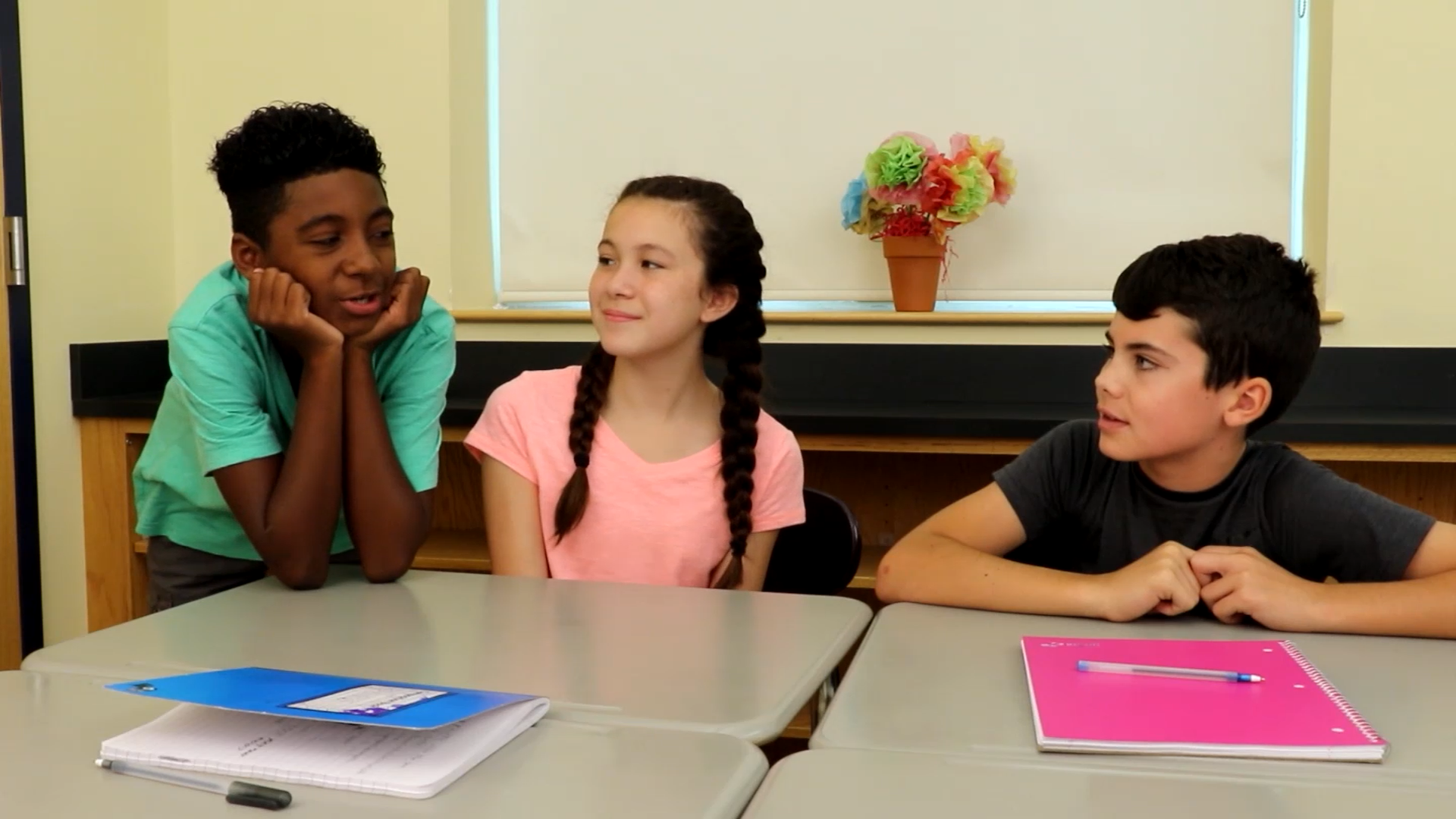
Introduction
Joining a conversation is a crucial social skill for students to learn and practice, as it helps them build connections and form relationships with their peers. The ability to enter a conversation smoothly can be challenging for some students, but it is an essential aspect of Social-Emotional Learning (SEL). In this blog post, we will discuss an easy no-prep activity to help students learn how to join conversations, followed by discussion questions and related skills to further explore this important topic.
No-Prep Activity: The Conversation Train
This activity requires no preparation or materials from the educator and is designed to help students practice joining conversations in a fun and engaging way. Here’s how it works:
- Divide the students into groups of 4-5.
- Ask each group to form a circle and assign one student as the “observer” while the others are “participants.”
- Have the participants start a conversation about a topic they all enjoy, such as a recent movie, game, or event.
- The observer’s role is to watch and listen to the conversation, waiting for an appropriate moment to join in.
- When the observer finds the right time, they should enter the conversation by making a relevant comment or asking a related question.
- After the observer has successfully joined the conversation, they switch roles with one of the participants, and the activity continues.
Through this activity, students practice observing group dynamics, identifying appropriate moments to join a conversation, and contributing relevant comments or questions.
Discussion Questions
After completing the Conversation Train activity, use these questions to stimulate further discussions and reflections among your students:
- How did it feel to be the observer in the activity? What did you learn from watching and listening to the conversation before joining?
- What strategies did you use to identify the right moment to join the conversation? Were there any challenges in finding the right time to speak up?
- Why is it important to make a relevant comment or ask a related question when joining a conversation? How does this help you build connections with others?
- How can you apply the skills you practiced in this activity to real-life situations, such as joining conversations at school, during extracurricular activities, or in social settings?
Related Skills
Beyond joining conversations, there are other essential social skills students can learn and practice to enhance their interpersonal relationships. Some of these skills include:
- Active listening: Focusing on what the speaker is saying, making eye contact, and providing verbal or non-verbal feedback.
- Empathy: Understanding and sharing the feelings of others, which helps build deeper connections and fosters a supportive environment.
- Conflict resolution: Learning how to address disagreements in a respectful and constructive way, leading to stronger relationships and a more positive school environment.
- Assertiveness: Expressing thoughts and feelings confidently and respectfully, while considering the needs and feelings of others.
Next Steps
Now that you have learned about teaching students how to join conversations and the importance of this skill in their social-emotional development, we encourage you to continue exploring this topic. To access free sample materials that cover a wide range of social-emotional learning skills, including joining conversations and related skills, sign up at Everyday Speech.

